Apple and Samsung have long been considered archrivals. Their rivalry has fueled innovation, shaped industry trends, and even sparked passionate debates among tech enthusiasts. However, a closer look reveals a fascinating reality: Apple and Samsung, despite their distinct brand identities, are increasingly mirroring each other’s strategies in a phenomenon of convergent evolution.
Blurring the Lines: How Apple and Samsung Are Becoming More Alike
Here are some key areas where Apple and Samsung are exhibiting a convergence in approach:
- Focus on High-End Devices: Both companies are placing increasing emphasis on premium smartphones, with features like powerful processors, high-resolution displays, and top-tier camera systems. This shift caters to a growing segment of users who prioritize performance and a luxurious user experience.
- Embracing Larger Screens: Apple, traditionally known for its smaller iPhones, has embraced larger displays with the introduction of the iPhone 11 Pro Max and subsequent models. This directly competes with Samsung’s Galaxy S series phones, which have long boasted larger screens.
- Investing in Wearables: Both Apple and Samsung are heavily invested in the wearables market, with their respective Apple Watch and Galaxy Watch lines offering fitness tracking, health monitoring, and smart features that seamlessly integrate with their smartphone ecosystems.
- Services Take Center Stage: Apple and Samsung are increasingly focusing on services like Apple Music, Apple TV+, Samsung Pay, and Galaxy Apps. This shift suggests a move towards a more holistic user experience that extends beyond just the hardware.
This convergence is driven by a combination of factors. Both companies compete in a global market with similar customer demands. Additionally, keeping pace with technological advancements necessitates significant research and development investments, leading to similar functionalities across brands.
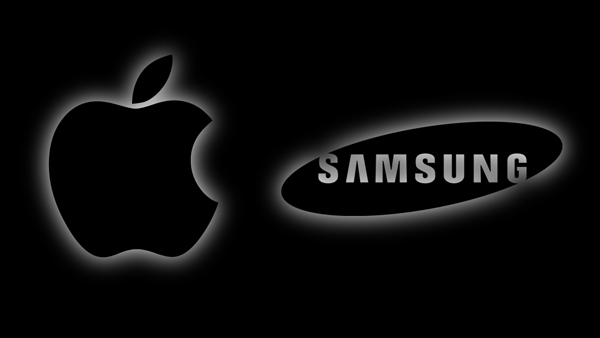
The Power of Competition: How Convergence Benefits Consumers
The convergence of Apple and Samsung’s strategies has a significant impact on consumers:
- More Choice and Innovation: Consumers now have a wider range of high-quality smartphones with similar features to choose from, fostering healthy competition that drives innovation.
- Improved User Experience: Both companies are likely to refine their offerings based on competitor features, leading to an overall improvement in user experience across the board.
- Standardization of Features: Convergence in functionalities like larger screens and camera features can lead to a more standardized user experience, making it easier for users to switch between brands.
While competition can breed innovation, it’s important to remember that Apple and Samsung are not identical twins.
Divergent Paths: Where Apple and Samsung Still Differ
Despite their converging strategies, Apple and Samsung retain distinct brand identities:
- Software and Hardware Integration: Apple’s iPhones are known for their tight integration between hardware and software, leading to a smooth and optimized user experience. Samsung’s Android-based Galaxy devices offer more customization options but may experience compatibility issues.
- Brand Loyalty: Apple enjoys a strong brand loyalty due to its user-friendly ecosystem and focus on design. Samsung caters to a wider range of user preferences and budgets.
- Innovation Philosophy: While both companies innovate, Apple often focuses on introducing groundbreaking new technologies, while Samsung may iterate on existing features to refine the user experience.
These differences ensure that both brands cater to distinct user preferences, allowing consumers to choose the best fit for their needs.
The Future of the Rivalry: Coexistence or Consolidation?
The future of the Apple-Samsung rivalry remains intriguing. Here are some potential scenarios:
- Continued Convergence: Both companies might continue to mirror each other’s strategies, leading to an even more standardized smartphone experience across brands.
- Focus on Differentiation: Apple and Samsung might emphasize their unique strengths, with Apple focusing on tight integration and Samsung offering greater customization options.
- Consolidation in the Market: A more unlikely scenario is a consolidation within the smartphone market, with a potential merger or acquisition. However, considering the brand loyalty and market share of both companies, this seems improbable.
The future of the rivalry will likely be shaped by consumer preferences, technological advancements, and the companies’ long-term strategic visions.
Conclusion: A Symbiotic Relationship?
While Apple and Samsung are undoubtedly competitors, their convergence in strategies suggests a more symbiotic relationship. They push each other to innovate, ultimately benefiting consumers with a wider range of high-quality options. As the mobile landscape continues to evolve, it will be fascinating to see how these tech titans navigate the path between competition and convergence.

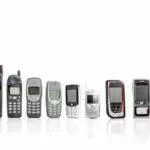

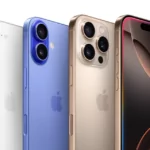


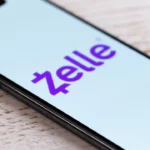
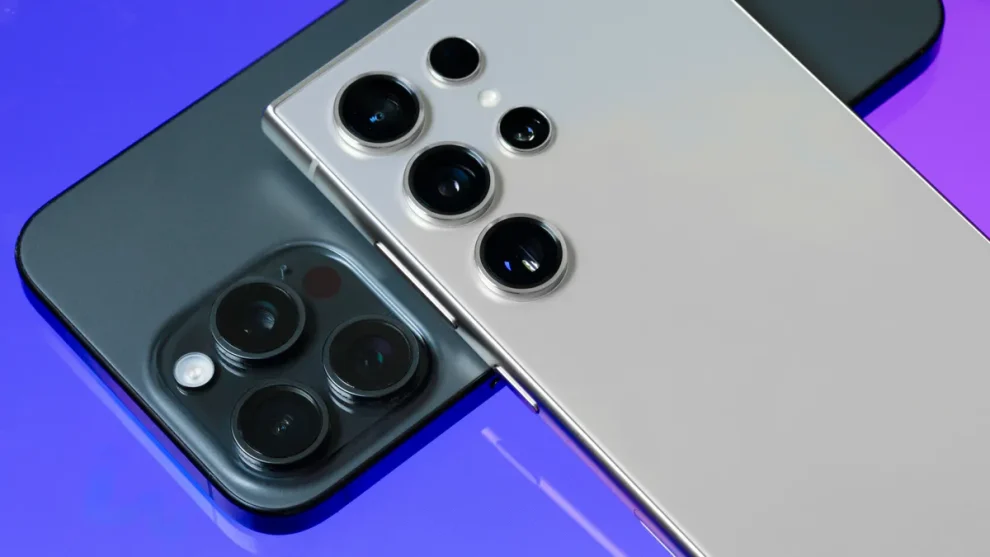


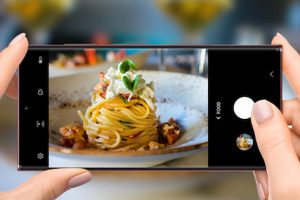





Add Comment